Why bake with booze?
Flavour
Using spirits, beers or wine can give a subtle warmth to a dessert or cake, deepen the flavour and make it taste more sinful. To choose which alcohol to incorporate into your bake, consider your ingredients and choose a spirit that will complement them; for example, apple will pair well with something that is spiced, like rum. It’s important to think of how strong the spirit is. Bourbon has a strong, oaky vanilla flavour, so it’s best to use sparingly. Your flavours should marry together without overpowering your other flavours with the alcohol. Don’t get your cake too drunk!
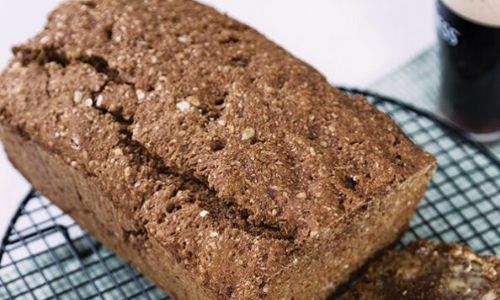
Take your soda bread game to the next level with this rich and delicious stout bread.
Texture
Adding alcohol to your bakes can affect the texture. For example, the ethyl in alcohols like vodka doesn’t attach itself to gluten in the same way as water, which means it does not hydrate the proteins and contribute to gluten formation. This makes alcohol a good option for using in shortcrust pastry recipes. Replace half of the recipe’s liquid requirement with alcohol for a perfect crisp pastry; try vodka in a quiche recipe, or brandy in an apple pie crust. There is no magic number for how much of the liquid in most recipes to replace with alcohol; it all depends on how strong you want the flavour to be.
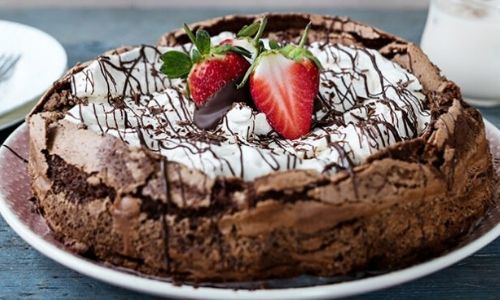
This flourless chocolate cake with Baileys whipped cream is decadently delicious!
For fun!
The best reason to bake with alcohol? It’s fun! I love the feeling when I capture my favourite cocktail in a cake, and the cheekiness that comes with an extra bold booze-infused treat. It’s important to note that most of the alcohol will burn off in the oven so, as long as you’re not over-doing it with the quantities, your finished bake should not have an overpowering boozy flavour. Even if you didn’t go to culinary school or you’re not a mixologist, it is fun to venture into the world of boozy bakes.
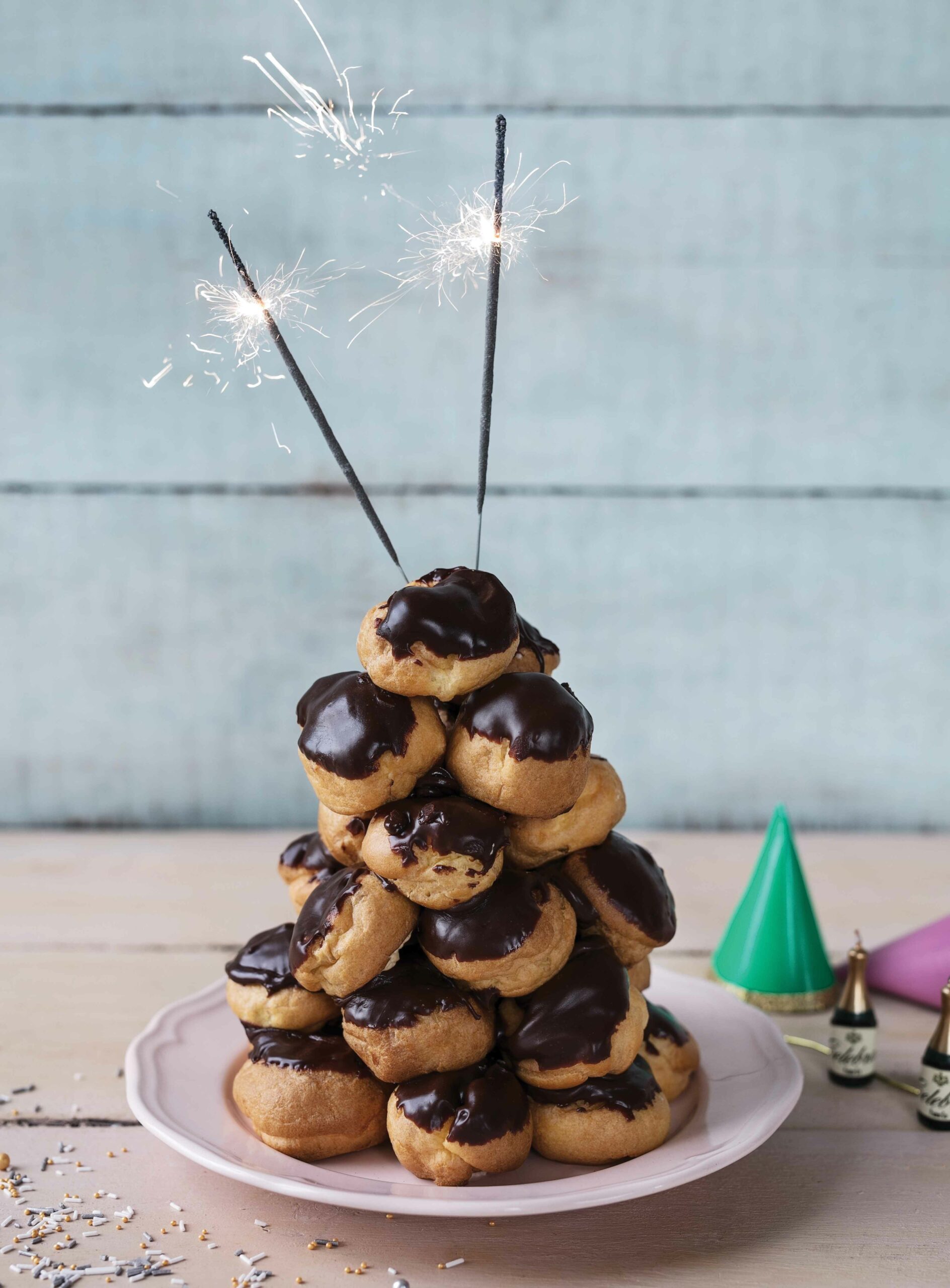
Click here for our Baileys coffee croquembouche
How to get your bakes a little tipsy
Swap it for spirit
A great way to incorporate a little “spirit” into your bake is by replacing some of your liquid for liqueur. Most sponge recipes require milk, which adds extra fat to the mix. The fat in the cake gives a tender and moist texture. However, you can replace some of the milk with alcohol; this has become my latest method of adding my chosen cocktail into the sponge. Replace a little under half of the milk with a spirit or liqueur. This will alter your sponge’s texture slightly, as you’re adding more acidity and removing some of the fat. If you want to make some boozy biscuits, try topping them with a sweet glaze made from alcohol rather than water. Mix icing sugar and liqueur to make a runny icing to decorate your biscuits. If you make lemon shortbread, top it with a limoncello water icing to really add a kick.

A great example of using gin and tonic as a liquid substitute.
Cocktail curd
Creating an intoxicated curd is one of my favourite ways to recreate some of those classic cocktail flavors. A basic curd recipe consists of the juice and zest of a citrus fruit, sugar, butter and eggs. I recently created a mojito curd by replacing some of the lime juice with white rum and adding fresh mint leaves. Simply weigh out the juice of your citrus fruit and replace some of it with your chosen spirit. It’s important not to add too much extra liquid, as the curd won’t set. However, if your curd is too runny, you can add some leaf gelatine. Just soak your gelatine in cold water until very soft, squeeze out the excess liquid and mix it into your curd. When the curd is set, pass it through a sieve and then allow it to cool. The curd is perfect for a cake filling, for macarons or even to enjoy on a slice of toast.

Baileys buttercream.. oh yes you did!
Soaking your fruit
If a recipe calls for dried fruits such as raisins or cranberries, a great way to amplify the fruit flavours is by soaking them. Place some of your chosen alcohol into a saucepan with the dried fruit. Bring to the boil and allow it to bubble for 2-3 minutes, then remove from the heat and allow to cool. This helps the fruit to plump up and absorb the flavour of the drink. Try soaking cranberries in orange liqueur, then adding them to a scone recipe. Serve them with whiskey marmalade to really pack a punch. Tipsy tea party, anyone?
This traditional classic is the best recipe we know of using whiskey-soaked fruit.
Syrup with spirit
Simple syrup is made with equal parts sugar and water, and often used to moisten a sponge or as a drizzle for a citrus cake. By weighing out equal parts alcohol, fruit juice and sugar, you can make a syrup with a little spirit. Simply dissolve the ingredients in a saucepan over a medium heat. Adding fresh herbs when the syrup is cool is a great way to infuse a unique flavour; be your own mixologist and play around with different infusions. Use a pastry brush to lightly brush the syrup over your sponge; just be careful to use it sparingly — as Mary Berry says, “no soggy bottoms”!
Baking is all about experimenting, so why not give it a try? If the cake doesn’t work, you can always just have a cocktail instead!
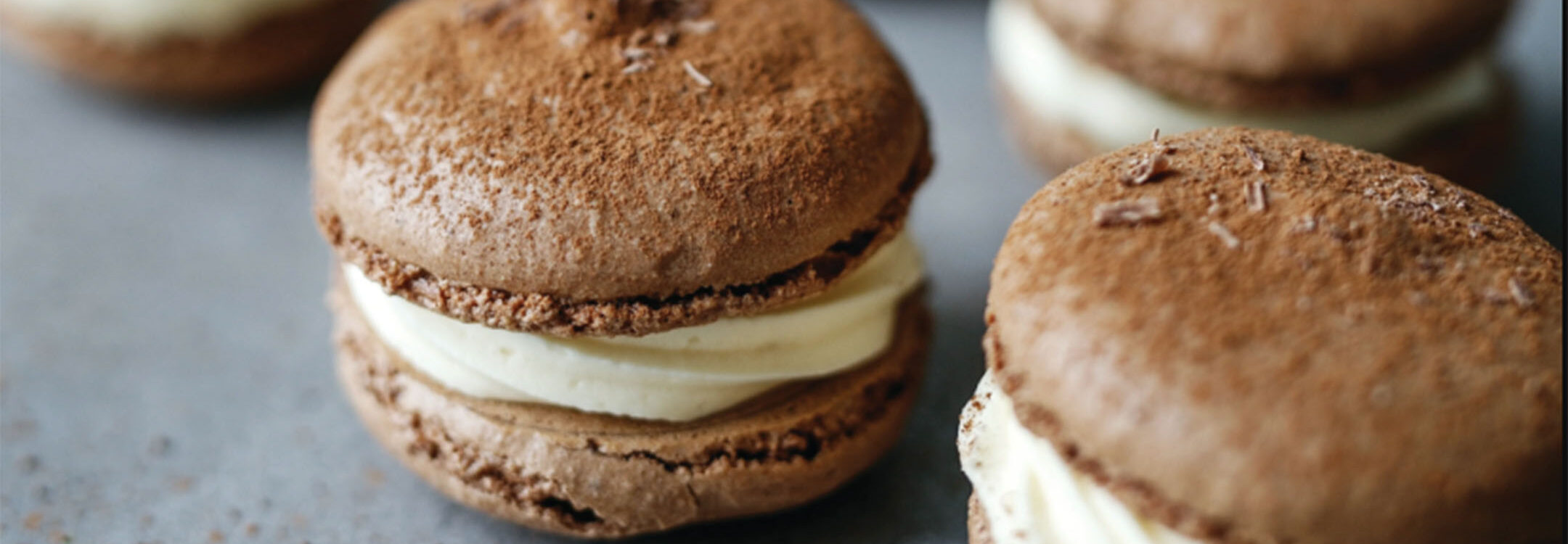
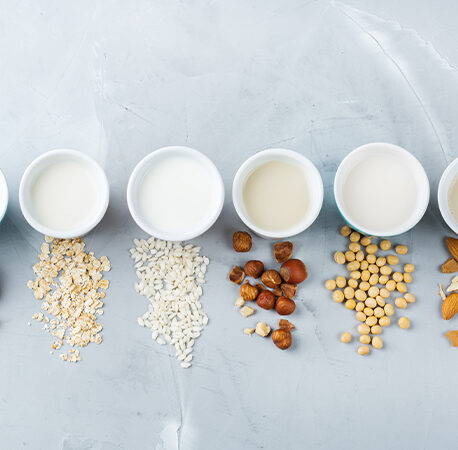
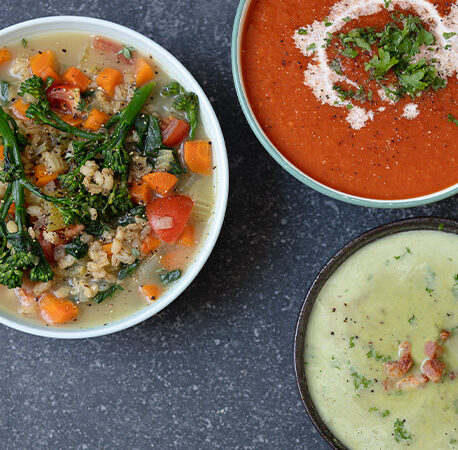
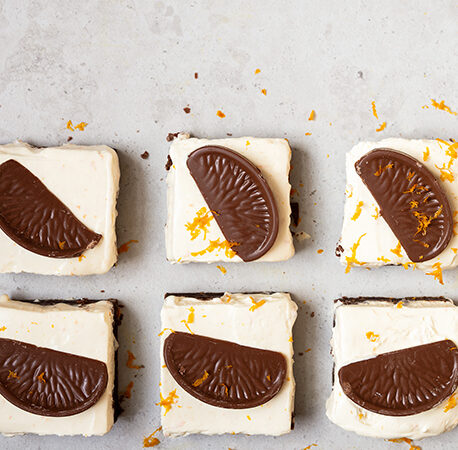
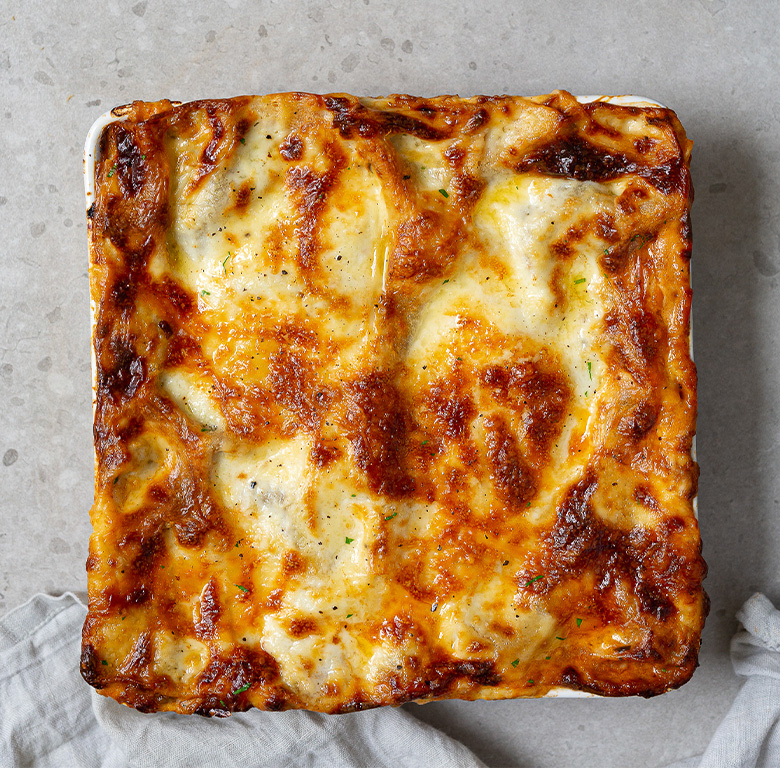
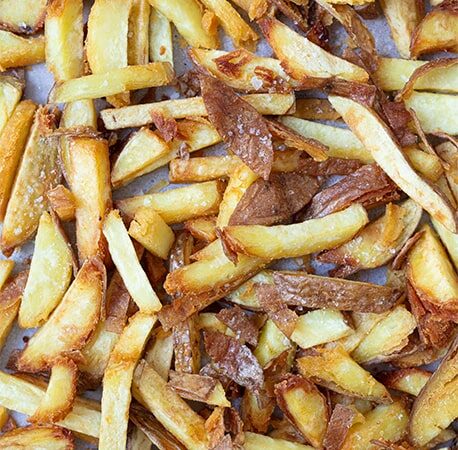
You have to be signed in to comment this post.